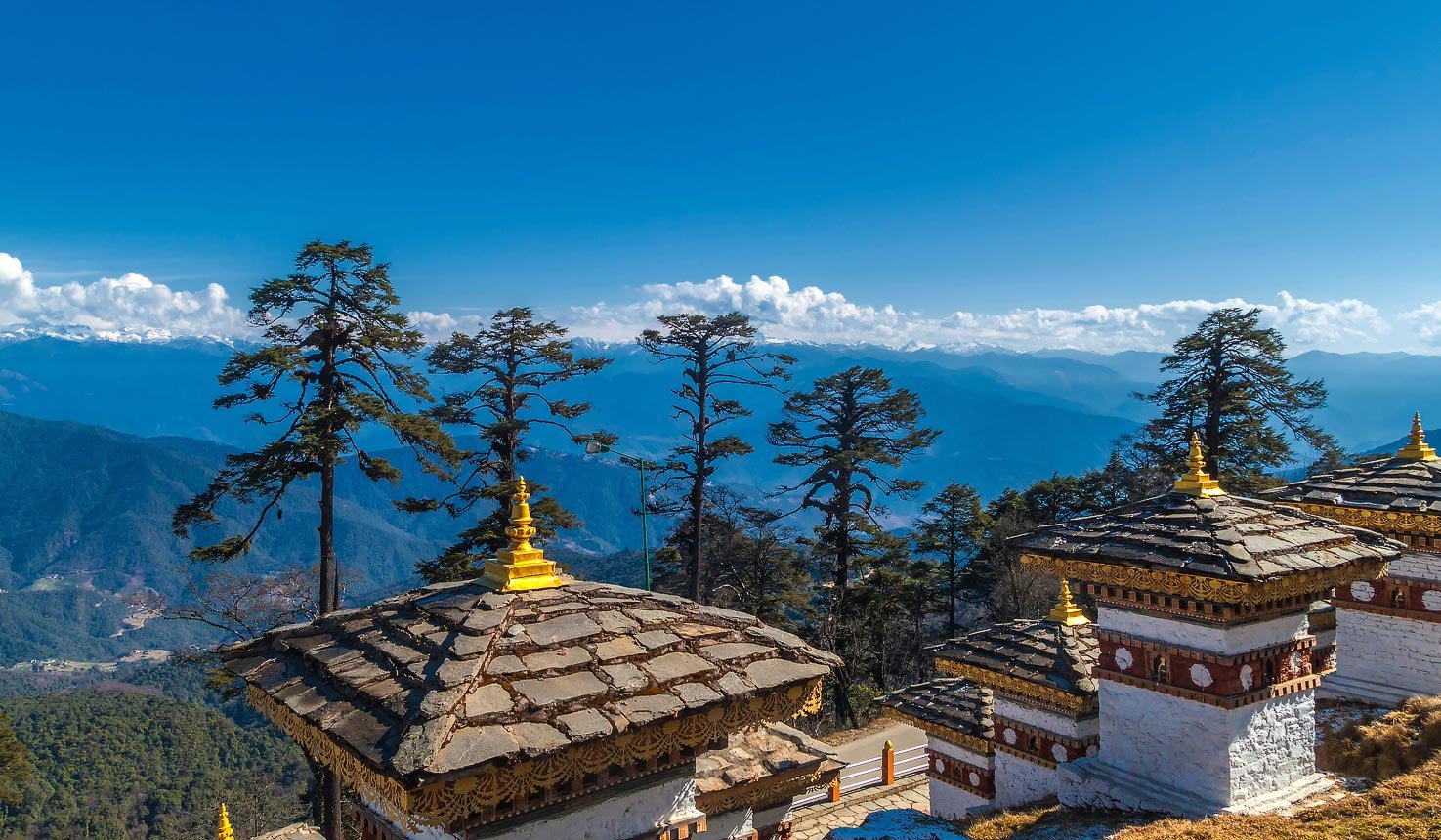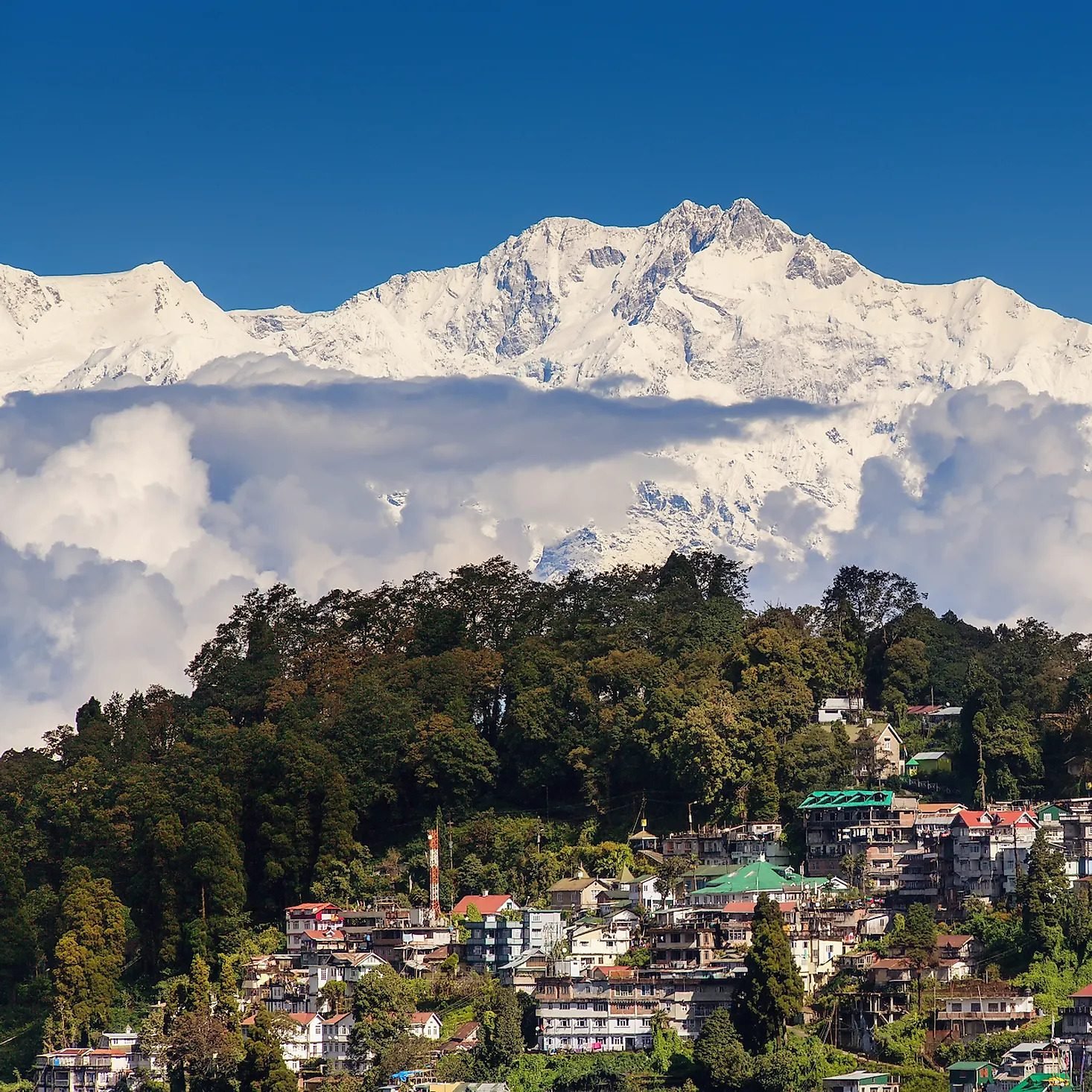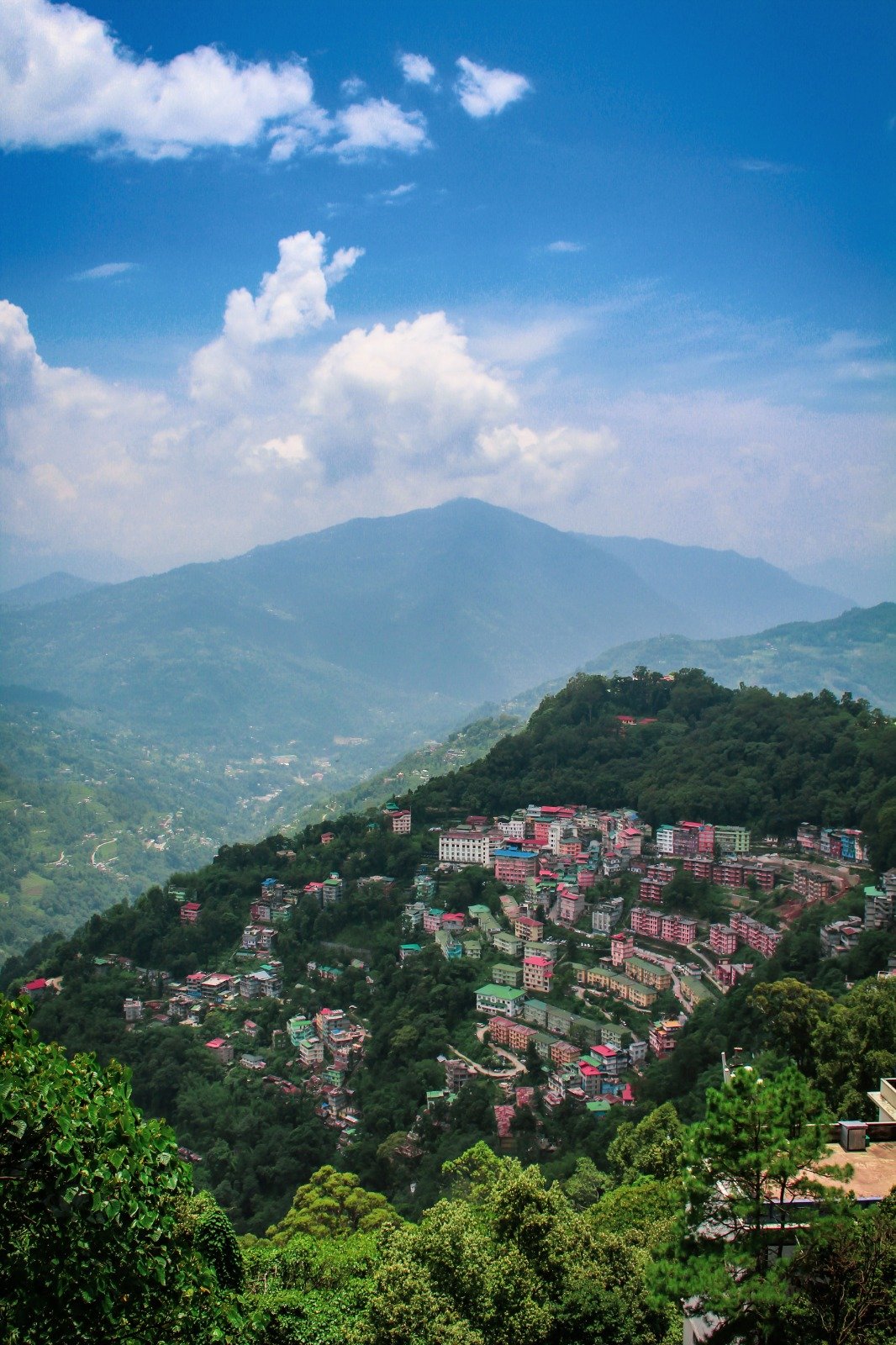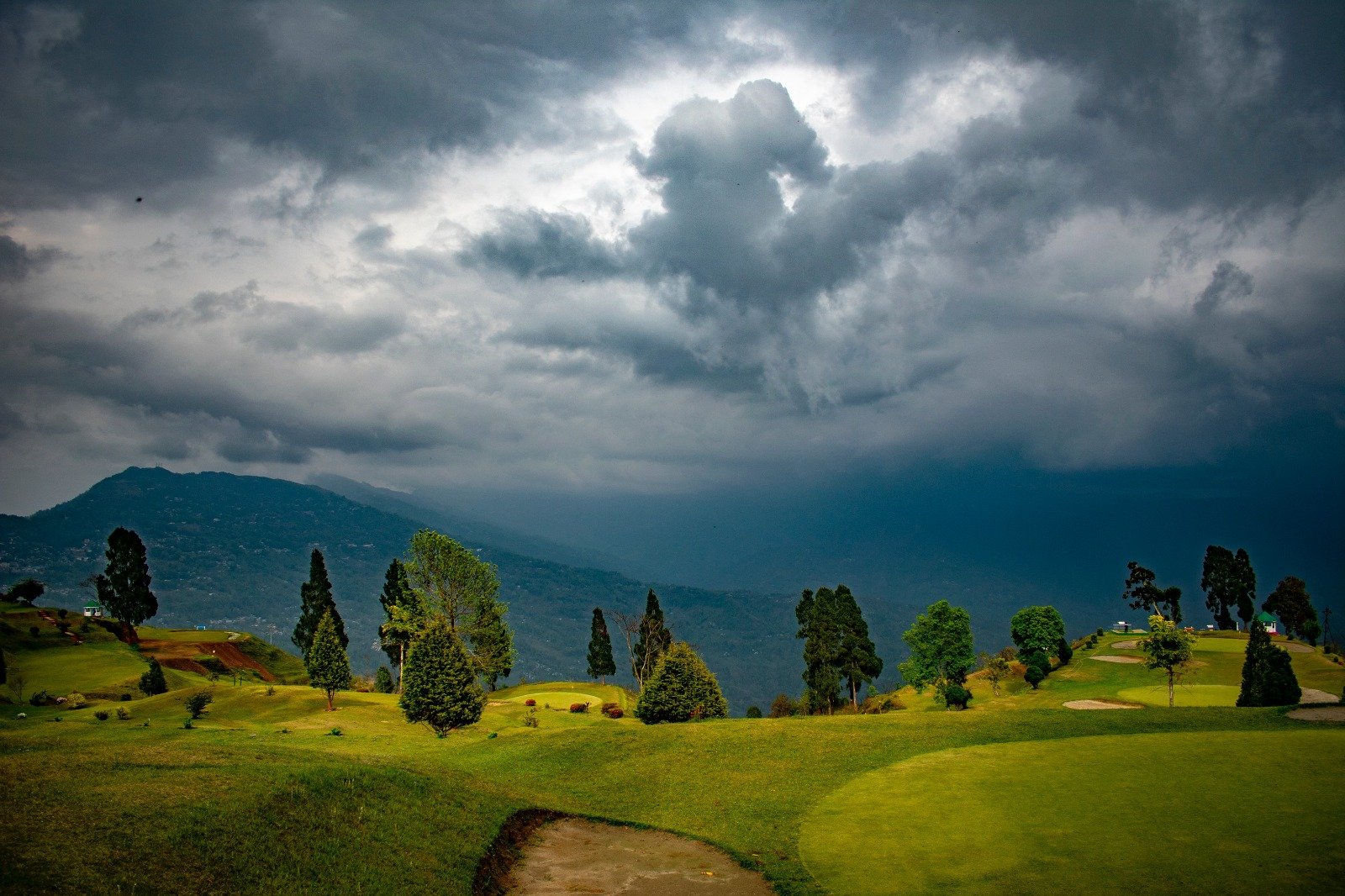PLACES TO VISIT IN THIS REGION
Surrounded by Bangladesh on three sides, the lush mountains, hills and valleys of Tripura became part of India in 1949. Its fate and culture has been closely entwined with Bengal, while indigenous ethnic groups form around thirty percent of the population, mostly around the northern and eastern districts. Partition and the subsequent creation of East Pakistan (now Bangladesh) in 1948, followed by war, famine and military regimes forced millions of Bangladeshis to flee into Tripura. Indigenous people, such as the Tripuri (a Tibeto-Burman ethnic group), became outnumbered, causing resentment and conflict over the decades. In 2013, elections returned the CPI(M) government, making Tripura one of the last Communist-run states in India. Today, Agartala, the capital, is a relaxed city with a palace and a few temples. A handful of wildlife sanctuaries, such as Gumti, Rowa, Trishna and Sepahijala, protect the state’s few remaining forests while to the northeast the medieval Shaivite rock carvings of Unakoti are now accessible after years of strife.
Agartala
Agartala, Tripura’s capital, is a laidback administrative centre. Its main attraction is the gleaming white Ujjayanta Palace, completed in 1901. Set amid formal gardens and artificial lakes, this huge building, now home to the State Legislative Assembly, covers around eight hundred acres. Across the road, one of many temples nearby and open to the public, the Jagannath Temple’s orange tower rises from an octagonal plinth.
Kamala Sagar lake, 27km south of Agartala, is overlooked by a small Kali temple. Twenty-eight kilometres along the road south to Udaipur, the Sepahijala nature reserve and botanical gardens is actually a vast zoo dedicated to the preservation of animals such as the Hoolock gibbon, capped langur and slow loris. With a bit of luck, you may spot clouded leopard.
Boxanagar
The red brick stupas of Boxanagar date back to the 6th century and are a well- preserved, albeit remote, sign of early Buddhist influence over the region. You can visit and climb the base structure of two stupas, and peek across the nearby border into Bangladesh.
Crossing over into Bangladesh
Agartala is 2km from the border with Bangladesh. There is no official currency exchange at the border so it’s advisable to change your rupees in town. Rickshaws on the Bangladeshi side can take you to Akhaura Junction, 4km away, from where there are trains to Comilla, Sylhet and Dhaka. Buses to Dhaka start from the Tripura Road Transport Corporation (TRTC) stand in Krishnanagar (Agartala) and further continue to Kolkata. Visas for Bangladesh (required) are checked at the border crossing; entry formalities are carried out again on the Bangladeshi side border. The Bangladeshi Embassy, Kunjaban, near Circuit House in Agartala, issues visas. Check the news for the current security situation before booking.
Tripura Sundari
Of particular note in Udaipur, a town of lakes and temples, is Tripura Sundari, a sixteenth-century temple dedicated to Kali. It is also one of the shakti pithas, marking where Sati’s right foot landed when her body fell to earth in 51 pieces. Animal sacrifices are common.
Neermahal
The red-and-white fairy-tale water palace at Neermahal stands in the waters of Lake Rudrasagar in Melaghar. The former royal palace, accessible by boat, was built in 1930 as a summer home for Maharaja Bir Bikram Kishore, blending Hindu and Islamic styles. Today, the ravages of time are apparent on its frontage.




